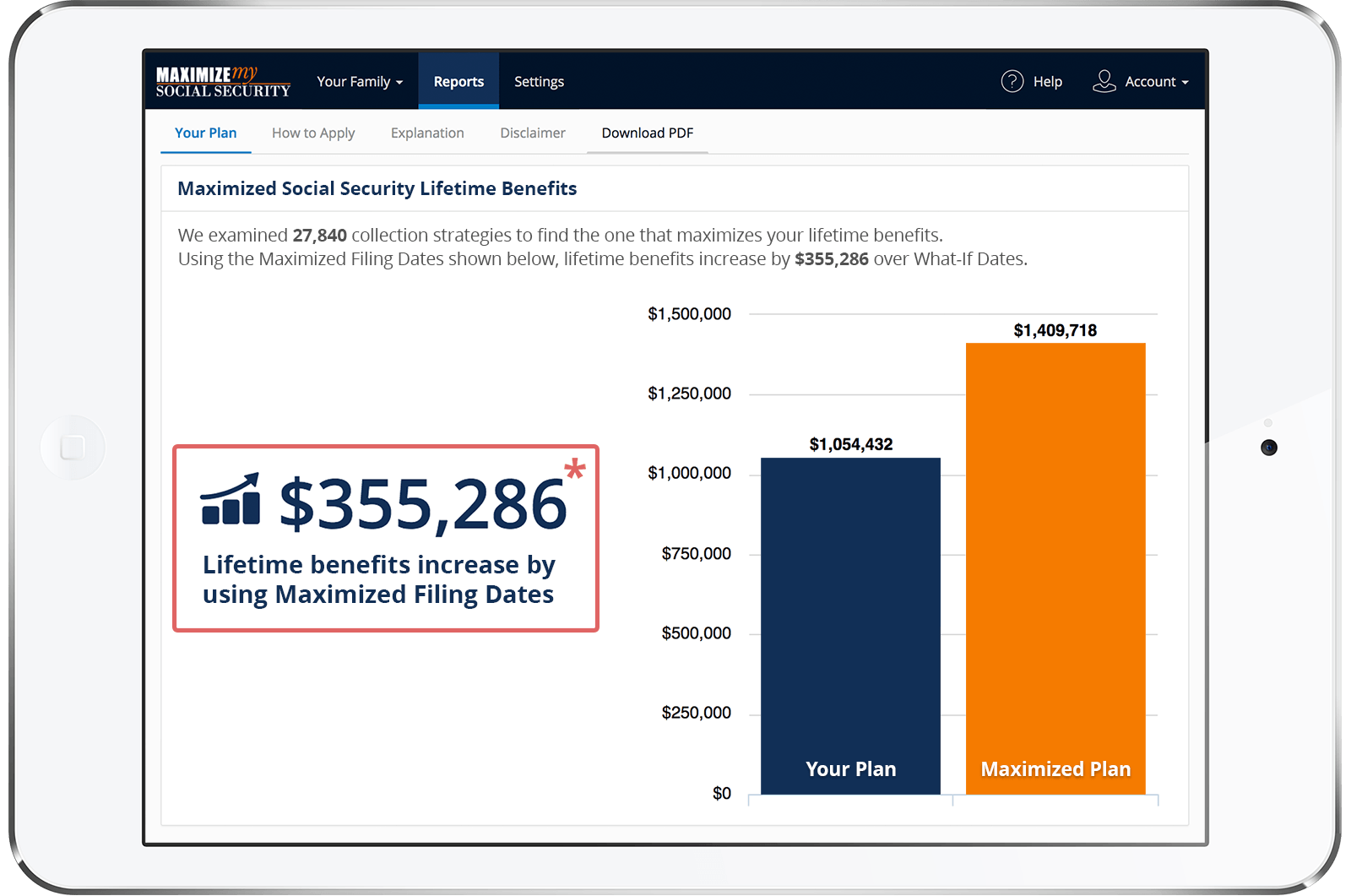Re: Widow's benefits
As a follow up to a previous question, if someone were to file for Widow's benefits at age 60, and earn too much for benefits to be paid, would the amount of the potential widow's benefits increase due to cost-of-living adjustments while benefits were filed for, but not paid? Are my following assumptions correct?
Filing at age 60 would mean I would potentially be entitled to 71.5% of the deceased's last disability payment.
Filing at age 67 (my full retirement age) would mean I would be entitled to 100% of the deceased last disability payment.
After each of those - the amount would be adjusted each year a cost-of-living adjustment was implemented.
My own social security amount would be much greater, even if I file at 62 (when first eligible). Wouldn't it make sense to file as soon age 60, even if I continue working, so the amount of potential widow's benefits will be increased by the implemented COLAs, as well as recalculated to remove any early penalty for months I did not receive any benefit due to making too much?
In other words - even if widow's benefits are not paid, wouldn't it make sense to file as soon as eligible to have the amount increased each year by the cost-of-living adjustment?
[I am assuming COLAs are not applied to any benefit NOT applied for)
This way, once I decide to stop earning income, I will have the maximum widow's benefit available to me if I choose to do so before my full retirement age. Once I reach full retirement age, I would be able to collect the full amount of the deceased spouse's disability with no reduction for filing early (if payments were not made) with all of the minuscule COLAs added, and allow my own benefit to grow until age 70.
What am I overlooking?
Hi,
It's not quite that simple. First of all, if a widow files for widow's benefits at full retirement age (FRA) or later they can be paid up to 100% of the worker's primary insurance amount (PIA). A person's PIA is equal to their Social Security retirement benefit rate if they start drawing at FRA. However, if the deceased worker earned delayed retirement credits (DRC) by delaying the receipt of benefits until sometime after FRA, a widow can be paid up to the amount of the worker's PIA increased by DRCs. But, if the deceased worker received reduced Social Security retirement benefits prior to their death then the maximum widow's benefit is limited to the higher of a) the worker's reduced benefit rate including cost of living increases (COLA) added after their death, or b) 82.5% of the worker's PIA. If a widow files at age 60, though, they are paid 71.5% of the worker's PIA, or 71.5% of the worker's PIA inclusive of any DRCs the worker may have earned.
Furthermore, there is an alternate computation method called WINDEX that can result in the widow being paid more than the worker's PIA in certain cases when the worker died prior to age 62.
It sounds like you may not be aware that COLAs that occur after a worker's death are included in calculating widow's benefits even if the widow has not yet claimed benefits. So, filing at age 60 wouldn't mean that a widow would receive more COLAs than they'd get if they file later.
Also, in some cases it can be disadvantageous for a widow to claim benefits at age 60 if all of their benefits will be withheld due to their earnings. For example, say that a widow claims benefits at age 60 at a rate of 71.5% of the deceased worker's PIA, but can't be paid any benefits until she retires at age 64. If the widow had instead simply filed for benefits at age 64 her benefit rate would have been calculated at 90.5%, resulting in a significantly higher monthly benefit rate than the age 60 rate.
The best filing strategy for a person widowed at age 60 or earlier who will also qualify for benefits on their own record is almost always one of the following:
1) File for reduced widow's benefits at age 60 or as soon as their earnings will permit at least some benefits to be paid, then switch to their own record at age 70; or,
2) File for reduced retirement benefits on their own record at age 62 or as soon as their earnings will permit at least some benefits to be paid, then file for unreduced widow's benefits at full retirement age (FRA). However, if the deceased worker drew reduced retirement benefits then the widow would likely want to file for widow's benefits at some point prior to FRA.
Normally, the widow would want to start out drawing the lower benefit first and then switch to the higher record when it reaches it's highest potential rate. Our software (https://maximizemysocialsecurity.com/purchase) can sort out all of these complexities for widows and help them determine their optimal filing strategy.
Best, Jerry
